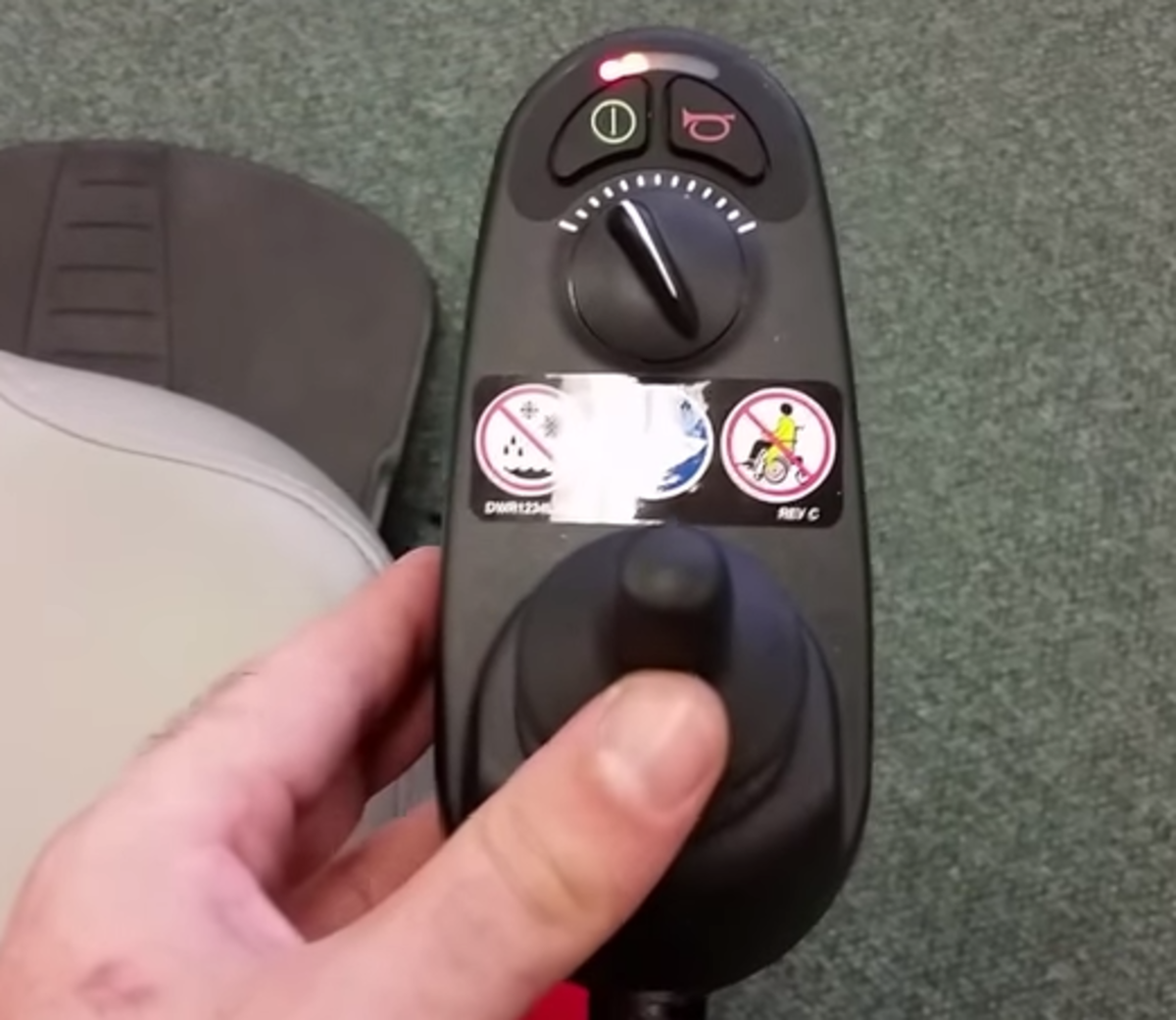Using a Weighted Vest With Your Child With Autism, Sensory Processing Disorder, ADD or ADHD: What Are the Protocols?
What Are Weighted Vests?
A weighted vest is simply a regular vest with pockets sewn into it to hold weights. They are recommended to be used with kids with autism, and/or a Sensory Processing Disorder, and/or ADD/ADHD. Weighted Vests in a variety of sizes, styles, and fabrics can be purchased online. Alternatively, a sewing pattern can be purchased, and the Weighted Vest constructed at home.
What is Autism?
Autism is a social-communication disorder. A diagnosis of autism is made in a person who has social difficulties, communication difficulties, and displays repetitive behaviours. A person with an autism spectrum disorder may, or may not, also have an intellectual disability.
What is Sensory Processing Disorder?
Sensory Processing Disorder (SPD) is a condition where people misinterpret all of the incoming sensory information we are bombarded with every day. People with SPD may want to avoid sensory experiences such as loud noises, bright colours and items of a certain texture, or alternatively they may want to seek out these experiences. People with SPD may also have motor skill problems.
What is ADD/ADHD?
Attention Deficit Hyperactivity Disorder (ADHD, also referred to as ADD) is a disorder of the brain that causes people to have difficulties concentrating and focusing, and leads them to become distracted easily. They may also display hyperactive or impulsive behaviours.
Which Children Can Benefit From the Use of a Weighted Vest?
Children with any of the aforementioned disorders, as well as other disorders, may benefit from the use of a weighted vest. The rest of this article explains why, and provides evidence from academic articles.
How Can a Weighted Vest Help My Child With Autism/SPD/ADD/ADHD?
Weighted vests provide deep pressure on the muscles and joints of children who wear them. Deep pressure is beneficial to children with autism and other disorders, as the added weight can help calm them when they are feeling overwhelmed or distressed. The added weight can also help a child to become less distracted, and give them the ability to focus on tasks for longer periods of time.
Try These Items at Home
What Does the Current Research Say?
There have been a few studies looking at the effectiveness of weighted vests on the behaviour of children with special needs. It is important to note that there is no protocol on how best to use weighted vests. This may lead to incorrect or improper use, or may even have an aversive effect (Reichow et al., 2010).
Many of the studies available have severe flaws, including methodological limitations, and this means they have results that are difficult to interpret and confirm (Reichow et al., 2010).
A study completed by Reichow et al., (2010), used three participants. In one of the participants, the use of a weighted vest did not alter his level of engagement when completing tasks. When this participant wore the weighted vest, his challenging behaviours actually increased, but there was a decrease in the stereotypic behaviours he displayed. When wearing weighted vests the other two participants showed no change in their levels of engagement, challenging behaviours, or stereotypic behaviours. It is important to note that there were limitations in this study however, and this means the results are not 100% accurate.
Cox et al., (2009) conducted a study which looked at whether the use of weighted vests improved the appropriate behaviour displayed by children with special needs when traveling in a car. This study found no improvement in these behaviours when the children wore the vests. Instead, they found that the behaviours were more likely to improve if the children had access to preferred items. Whilst this study also had limitations, it is important to note that the results were the same for all of the participants involved. Other studies have found the effects of weighted vests to vary between participants.
An earlier study completed in 2008 by Stephenson & Carter, reviewed seven studies that had been conducted on the use of weighted vests in children with special needs. The conclusion of this review was that there is no evidence that supports the recommendation of the use of weighted vests. This conclusion was also reached in a review conducted by Morrison in 2007.
Olson and Moulton, (2004), surveyed 51 Occupational Therapists who used weighted vests with children with special needs including autism, ADHD, and Sensory Integration Disorder. This study found that weighted vests had many beneficial effects on children with special needs, often leading to a decrease in challenging behaviours, and an increase in positive behaviours. 70% of the participants of this survey believed that the changes they observed in their clients were indeed due to the use of a weighted vest. Some of the other participants believed that weighted vests did help children with special needs, but only if they were just one part of a child's sensory program. A small number of the participants did not believe weighted vests influenced a child's behaviour whatsoever.
Buy Cheap Weighted Vests Online
My Recommendation
Whilst the available research on the use of weighted vests is mixed, with some studies suggesting weighted vests are useful, and others stating they are not, I feel it is worth giving it a try. If you do decide to try a weighted vest with your child, ensure you do not analyse its benefit or lack thereof after only one session. It is important to realise that, "You cannot make a decision in two or three treatment sessions regarding whether a weighted vest is making a difference." (Olson & Moulton, 2004, pg. 60). You may also choose to try an alternative to a weighted vest, such as a weighted belt or blanket. See right for some of the cheapest weighted vests you can buy online that I could find.
Your Experiences With Weighted Vests
Have you ever used a weighted vest with your child/client?
Reference List
Cox, A.L., Gast, D.L., Luscre, D., & Ayres, K.M., (2009). The effects of weighted vests on appropriate in-seat behaviors of elementary-age students with autism and severe to profound intellectual disabilities. Focus on Autism & Other Developmental Disabilities 24 1 (17-26). Retrieved February 21, 2010, from Academic Search Premier.
Morrison, E.E., (2007). A review of research on the use of weighted vests with children on the autism spectrum. Education 127 3 (323-327). Retrieved February 21, 2010, from Academic Search Premier.
Olson, L.J., & Moulton, H.J., (2004). Occupational Therapists' reported experiences using weighted vests with children with specific developmental disorders. Occupational Therapy International 11 1 (52-66). Retrieved February 21, 2010, from Academic Search Premier.
Reichow, B., Barton, E.E., Sewell, J.N., Good, L., & Wolery, M., (2010). Effects of weighted vests on the engagement of children with developmental delays and autism. Focus on Autism & Other Developmental Disabilities 25 1 (3-11). Retrieved February 21, 2010, from Academic Search Premier.
Stephenson, J., & Mark, C., (2009). The use of weighted vests with children with autism spectrum disorders and other disabilities. Journal of Autism & Developmental Disorders 39 1 (105-114). Retrieved February 21, 2010, from Academic Search Premier.







